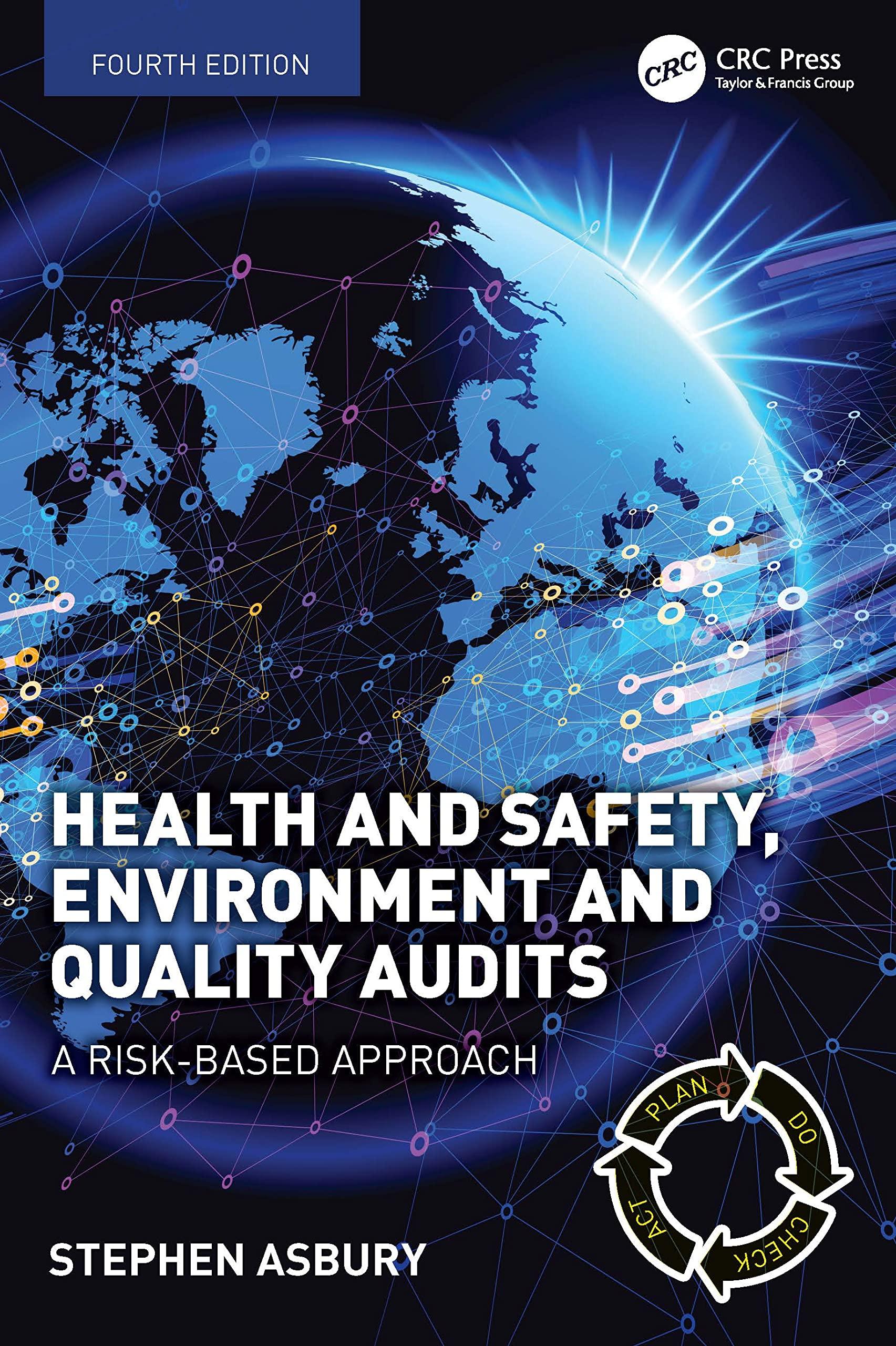Question
Assume you are the partner in an accounting firm hired to perform the audit on a fortune 1000 company. Assume also that the initial public
Assume you are the partner in an accounting firm hired to perform the audit on a fortune 1000 company. Assume also that the initial public offering (IPO) of the company was approximately five (5) years ago and the company is concerned that, in less than five (5) years after the IPO, a restatement may be necessary. During your initial evaluation of the client, you discover the following information:
The client is currently undergoing a three (3) year income tax examination by the Internal Revenue Service (IRS). A significant issue involved in the IRS audit encompasses inventory write-downs on the tax returns that are not included in the financial statements. Because of the concealment of the transaction, the IRS is labeling the treatment of the write-down as fraud.
The company has a share-based compensation plan for top-level executives consisting of stock options. The value of the options exercised during the year was not expensed or disclosed in the financial statements.
The company has several operating and capital leases in place, and the CFO is considering leasing a substantial portion of the assets for future use. The current leases in place are arranged using special purpose entities (SPEs) and operating leases.
The company seeks to acquire a global partner, which will require IFRS reporting.
The company received correspondence from the Securities and Exchange Commission (SEC) requesting additional supplemental information regarding the financial statements submitted with the IPO.
(1) Evaluate any damaging financial and ethical repercussions of failure to include the inventory write-downs in the financial statements. Prepare a recommendation to the CFO, evaluating the negative impact of a civil fraud penalty on the corporation as a result of the IRS audit. In the recommendation, include essential internal control procedures to prevent fraudulent financial reporting from occurring, as well as the major obligation of the CEO and CFO to ensure compliance.
(2) Examine the negative results on stakeholders and the financial statements of an IRS audit which generates additional tax and penalties or subsequent audits. Assume that the subsequent audit and / or additional tax and penalties result from the taxpayers use of an inventory reserve account, applying a 10 percent reduction to inventory over three (3) years.
Step by Step Solution
There are 3 Steps involved in it
Step: 1

Get Instant Access to Expert-Tailored Solutions
See step-by-step solutions with expert insights and AI powered tools for academic success
Step: 2

Step: 3

Ace Your Homework with AI
Get the answers you need in no time with our AI-driven, step-by-step assistance
Get Started


